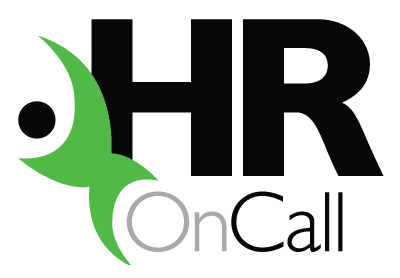Changes to Parental Leave
Changes in the parental leave payment scheme took effect from July 1 this year, with important implications for employers across Australia.
Now your employees can claim under the Paid Parental Leave scheme in one fixed period and one flexible period.
What doesn’t change is how the employee is paid. Most payments of this scheme are paid to the employer who then pays the employee. However, the employee can also choose to have the payment directly from the Australian Government.

New provisions for parental leave
New laws for parental leave were introduced on July 1, 2020, allowing eligible employees to split their Parental Leave Pay (PLP) over two periods within two years.
Before that date, workers could only take parental leave as one continuous 18-week block. Now, they can split it in two.
They do this by taking one set period of 12 weeks – to be used within a year of the birth or adoption of a child. Then they can take a second flexible period of up to 30 days – to be used within two years of the same birth or adoption. The timing of this can be negotiated between the employee and employer, to suit both.
As before, eligible employees are classed as the primary carer of a newborn or newly adopted child.
The Fair Work website has a great example of how the flexible time period can be used.
How PLP is paid
Employees have to apply PLP is usually paid by the Australian Government to the employer, who then pays the employee. Employees apply through the myGov website, this is the responsibility of the employee not the business to apply.
An employee may be eligible for the Australian Government payment as well as paid parental leave from their employer if the employer has a paid parental leave policy.
Workers can take their PLP along with other entitlements including annual leave, long service leave and unpaid parental leave.
Dad and partner pay
Not all small and medium sized businesses know that fathers and partners are also eligible for paid leave. This leave is for eligible working dads and partners - including same-sex partners who can receive two weeks paid leave, based on the national minimum wage and paid by the Australian Government.
To access this leave the employee needs to be earning less than $150,000 in the past financial year, meet the work test in the previous 13 months and must take leave without pay during this time. Again, this is not the responsibility of the employer, the employee needs to apply for this leave.
Keep up to date
It’s important to stay on top of worker leave entitlements. Employers who take best practice seriously – with practical, flexible and compliant leave arrangements – keep their employees happy and their businesses secure.
While employees are on parental leave, businesses change, so it’s important if you are making any changes to the structure, functions or roles within the business that you consider those who are on leave at that time. If you need to make changes to roles, there are specific requirements which you would need to take into account.
It is illegal to discriminate against a worker who is pregnant or may become pregnant.
Play it safe
Stay in touch with your workers while they are on leave. Maintain good relations and be responsive to their queries and needs.
Employers who get it wrong risk losing their valued employees. Yet they also expose themselves to a future claim of discrimination or unfair dismissal.
This is where an experienced HR consultant can help you stay ahead of ever-changing workplace legislation.
If you need advice to negotiate leave legislation, professional HR consulting can help. Reach out today!

